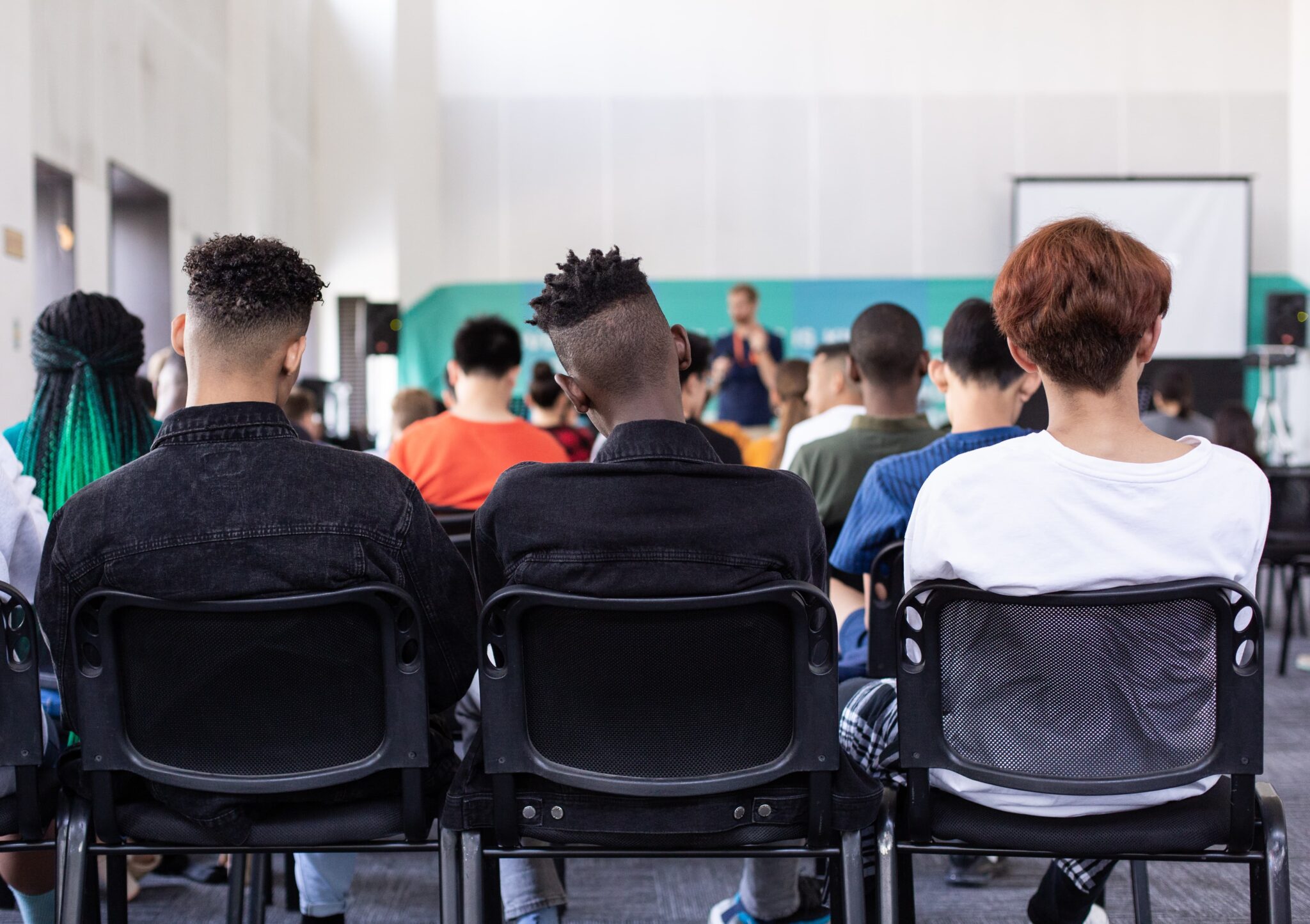13 Types of Students You See in Every Classroom
Updated: June 19, 2024

Just like there is plenty of fish in the sea (literally), there are many different types of students within a classroom setting. For students and educators alike, it’s useful to have an idea about the different types of students and types of learners to know what to expect.
Additionally, these different types of college students play a role in each educational setting’s functioning. To make the classroom (be it online or in-person) a distraction-free and comfortable place for everyone to learn, take a look at the types of students you may encounter (or be).

Types of Students
1. Teacher’s Pet
You can typically spot a teacher’s pet in the front seats of the class. They want to be in the center of attention of educators and tend to make themselves known. They tend to do so by laughing loudly at the teacher’s jokes or by asking a lot of questions.
To move forward in a classroom with a teacher’s pet, avoid overreacting and constantly calling on them. Instead, it could be worth having a private chat with the student to recognize their achievements and ask if they need support with anything. It is essential to know these types of students better to learn from them. They tend to be ahead in their homework and are academically industrious.
2. The Overactive Types
Similar to a teacher’s pet, you may come into contact with an overactive student. Overactive students are overachievers and commonly have Type A personalities. The Type A personality refers to a pattern of behavior that is generally associated with people who are high achievers and competitive. Characteristics that fall in line with this personality type include having self-control, high motivation levels, and the ability to multi-task. They may join many social clubs and take part in multiple extracurricular activities.
For an overactive student, it’s good to understand what really brings them joy to direct them to focus on a few things rather than trying to become a master of none.
3. The Student-Athletes
On a college campus, you may be in a classroom with the school’s local celebrity – the star athlete. Athletes tend to focus on their sport, so it’s important to draw their attention to the importance of learning. Within the classroom, athletes may have peers who love them or hate them so it’s important to balance the emotional outcomes of either case.
4. The Go-Getter Kind
For some students, good grades come easily. For others, it takes a lot of effort. You can notice a hard worker by how much time, effort, and care they put into their work. They may take extra time outside of lectures to consult with instructors for additional help. If they get a less than optimal grade after trying hard, it could result in less motivation. Teachers often have to keep an eye out for hard workers and acknowledge their hard work to help keep them engaged. As a fellow student, you must think of ways to put these go-getters at ease.
5. The Prized Intellectuals
Some students don’t fit the common mold and may find themselves feeling alienated. This is often the case when a student is an intellectual outsider, meaning that they are above average in intellect, but as a result, may stay isolated.
Educators could take time to talk to intellectual outsiders and motivate them to become involved in group activities with peers who share similar intellectual interests. This way, these students can become “insiders” based on a shared understanding or passion for a topic.
6. Our Favorite Class Clowns
Chances are you’ve encountered a class clown before – their goal is to entertain. They’ll call out jokes or make light of any type of situation. It’s actually been found that the class clown tends to be very intellectual and perhaps even the smartest in the room. When you think about it, this makes sense given that there’s a link between humor and intelligence. When it comes to understanding the class clown, they could be drawing attention to themself to make light of a situation (as they face adversity), communicate with peers, or are natural-born leaders looking to influence and connect with those around them.
7. The Carefree, Clueless Folks
A clueless student will feel lost in any educational situation. Educators and other peers may have trouble connecting to a clueless student because they are struggling to keep up and be present. It’s possible to spot a clueless student when they ask a question that has just been answered.
Perhaps, this type of student is lost in their own thoughts or dealing with something outside of the classroom. Consider taking a moment after class to chat with this type of student to see if you can be of aid.
8. The Nerds You Might Love
Nerds gravitate towards knowledge over people. They find refuge and take pride in learning new things. Unfortunately, it’s often the case that nerds will be bullied for this preference. Keep a lookout for “nerds” and protect them at all costs!
1. The Dreaded Bullies
Speaking of nerds and bullying, the bully is also a type of student to keep an eye out for. Bullies find joy in putting victims down. However, it’s misallocated energy because oftentimes, bullies themselves have a history or past of being bullied or made to feel inferior. As such, they use bullying as a coping mechanism. Rather than solely punishing bullies, efforts must be made to understand and correct the root of their anger. A school counselor can often be of great help to get them to change their ways.
2. The Artsy People
Artists tend to exist in a world filled with creative expression. Whether they express themselves through words in the form of poetry or prose, photography, paintings, sculpture, graphic design, or any other avenue, they will flourish when given creative tasks to do for school.
3. The Slackers
Slackers don’t put in the effort they are capable of and often drag on the coattails of their peers. In group projects, they tend to be uninvolved but still will reap the benefits of their peers’ hard work. Slackers often need to be motivated with rewards. Just calling them out when they aren’t doing their part is usually not enough to get them to work.
4. Our Leaders
It’s easy to spot a leader in any classroom because they aren’t afraid to roll up their sleeves and overcome challenges. They often rally people together and are great examples for the rest of the class. In group project settings, leaders will usually delegate the tasks and project manage the rest of the group.
5. The Late Comers
You’ll find the straggler coming late to class consistently. The latecomer may be any other type of student, too. But, they aren’t great with time management. Help late comer peers (or students if you are an instructor) to better manage their time with these time management skills.

Closing Thoughts
Classrooms are like diverse ecosystems with their different types of learners. Each type of learner plays a role and contributes to the overall liveliness of the classroom.
Both educators and students can spot this array of different student types in a classroom. Depending on the student at hand, there are always ways to promote engagement and motivation, even when it seems difficult to do. And each type of learner has something unique to offer.
